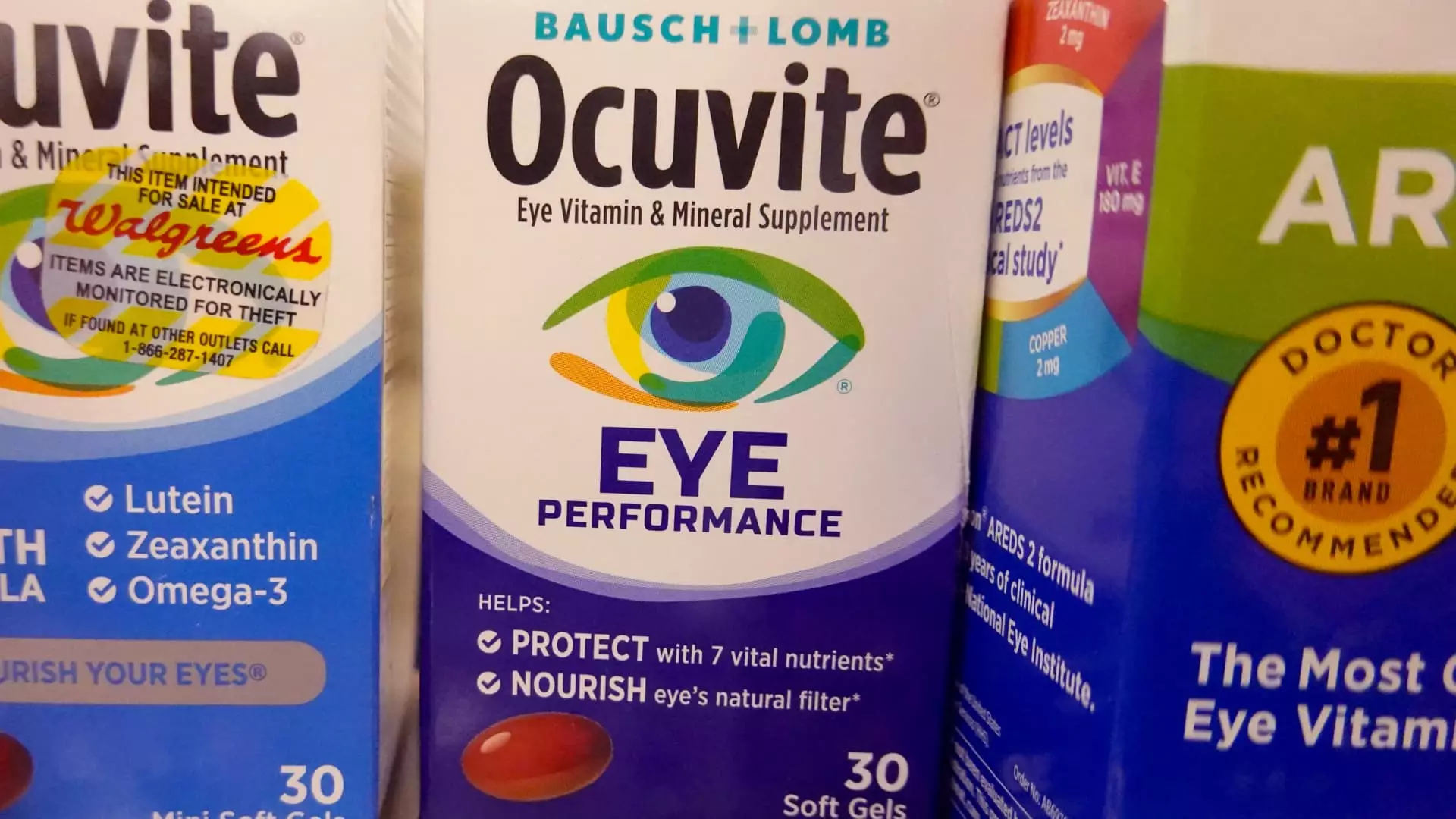In the ever-evolving world of healthcare, Bausch Health, previously recognized as Valeant Pharmaceuticals, has emerged as a force to reckon with in the specialty pharmaceutical sector. With a solid footing in several therapeutic categories—namely dermatology, gastroenterology, neurology, and ophthalmology—the company operates out of its Canadian headquarters, strategically leveraging five distinct business segments: Bausch + Lomb, Salix Pharmaceuticals, International Rx, Solta Medical, and Diversified Products. Despite its expansive portfolio, Bausch Health is particularly noted for its influential Bausch + Lomb division which specializes in eye care products.
Recently, the company has attracted significant attention from activist investors, most notably the renowned Carl Icahn, who filed a 13D report with the U.S. Securities and Exchange Commission in early 2021. This filing outlined his intentions to engage in dialogues with the company’s executive team as well as its board concerning enhanced strategies for shareholder value maximization. Such interactions culminated in a board restructuring, welcoming Icahn’s portfolio managers as new directors, thereby increasing the board’s size and aligning it more closely with shareholder interests.
The urgency of Icahn’s engagement stems from a strategic review process initiated by Bausch Health, aimed at examining its operational efficacy and capital allocation strategies. As institutional pressures mount, the board composition reflects a more hands-on approach, essential to navigate the intricate challenges inherent in the pharmaceutical landscape.
The Bausch + Lomb Spin-Off: A Dual Impact
A pivotal event in the company’s trajectory occurred in May 2022 when Bausch + Lomb was spun off into a public entity. Despite this separation, Bausch Health retains an impressive 88% ownership in Bausch + Lomb, which remains integral to the company’s overall performance. The spin-off was not merely a financial maneuver but a strategic repositioning aimed at distinctly categorizing growth potential and mitigating the operational complexities faced by the parent company.
However, this marriage of separation and control raises pressing questions regarding valuation. With Bausch + Lomb’s reported enterprise value sitting at approximately $10 billion, the company also grapples with a formidable consolidated debt load of $20.4 billion, including $4.6 billion specifically tied to Bausch + Lomb, as per the latest reports. A prospective sale that relinquishes this control could significantly enhance the enterprise’s valuation, offering an escape from the shadows cast by pervasive debt fears.
Financial Projections and Peer Comparisons
As the financial discourse continues, projections for Bausch + Lomb in 2025 indicate an EBITDA of approximately $966 million. When juxtaposed against competitors such as The Cooper Companies and Alcon, which have enterprise value-to-EBITDA multiples of 19.5 and 18.5 respectively, Bausch + Lomb’s potential average multiple of 19 suggests a theoretical enterprise valuation exceeding $18 billion. Post-debt considerations would yield an equity price far above current trading levels.
Discussing the broader health of Bausch Health, the Salix division, which specializes in gastrointestinal treatments, has solidified its position as a key revenue driver. However, looming patent expiration for its flagship product, Xifaxan, poses a formidable challenge for future revenue stability. While the division has achieved notable revenues, almost 87% from a single product raises concerns regarding sustainability as the expiration date approaches in 2028.
Calculative projections reveal that the Xifaxan asset alone could present a present value of $4.25 billion even under conservative post-expiration assumptions, strengthening the case for reassessing the overall corporate debt landscape as Bausch Health eyes potential exits or acquisitions.
In assessing what remains post-divestment, referred to as “RemainCo,” there lies an intriguing case for evaluation against industry peers. With diversified operations across its remaining product lines, estimates show an aggregate EBITDA performance that positions Bausch Health favorably against competitors. Utilizing comparative multiples from similar entities enables a complicated yet insightful valuation analysis, suggesting that the total enterprise could approach $25.93 billion.
Yet, the valuation exercise must contend with the overarching debt narrative. By addressing and strategically managing its $15.45 billion net debt, Bausch Health could conceivably position itself for an improved equity valuation that reflects potential for both growth and shareholder return.
Navigating the complexities of Bausch Health’s corporate landscape is no small feat, underscored by the presence of a board comprised largely of hedge fund professionals with a propensity for aggressive tactics. The influence of seasoned leaders like Brent Saunders, the CEO of Bausch + Lomb, cannot be overstated; his reputation as a noted dealmaker circles back to crucial decisions affecting the firm’s future direction.
While the strategic maneuvers at play signal promising possibilities for stakeholder value enhancement and corporate stabilization, the inherent uncertainties of the healthcare sector, coupled with Bausch Health’s leveraged position, emphasize the need for cautious optimism. As the spotlight shines brightly on the firm’s next moves, evaluating these strategic pivots could offer valuable insights into the future landscape of Bausch Health and its enduring role within the pharmaceutical industry.

